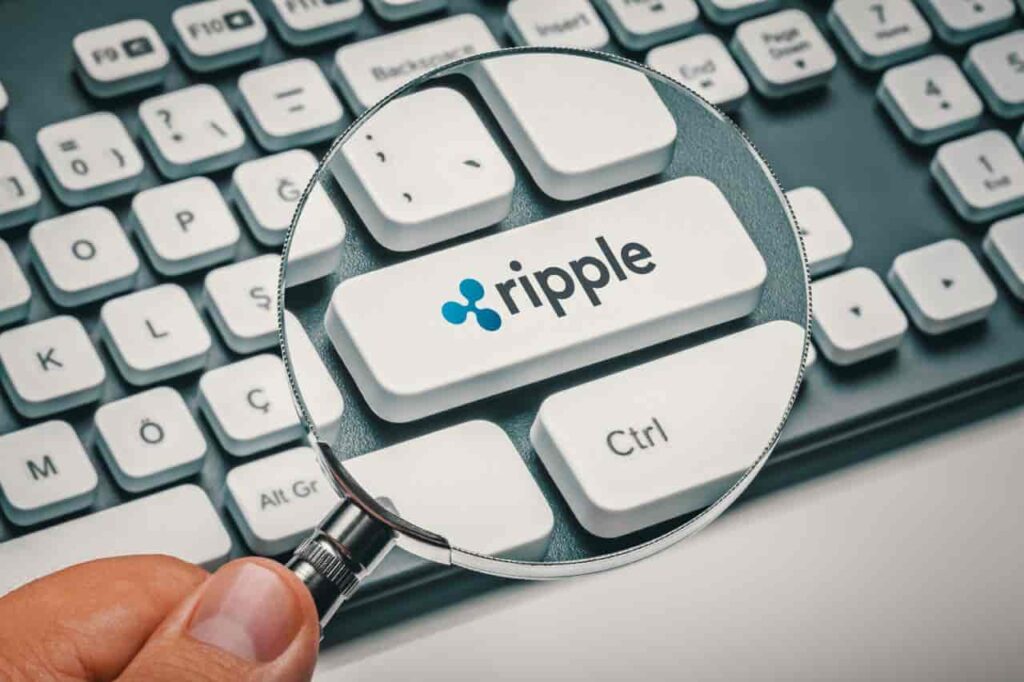In the ever-evolving world of digital currencies, Ripple’s recent strategic moves offer a fascinating glimpse into the mechanics of cryptocurrency stabilization. Understanding how major players like Ripple manage their tokens can provide valuable insights into both mitigating market volatility and setting price expectations. With market dynamics constantly shifting, keeping abreast of such developments is crucial for investors and enthusiasts alike.
XRP: Navigating Market Dynamics Amidst Strategic Rebalancing
Ripple Labs, a leading player in the digital currency space, completed its scheduled monthly rebalancing on May 1, thereby relocating and securing 1 billion XRP back into escrow. This move is part of Ripple’s regular protocol to manage supply and demand in the market effectively. By ensuring that no additional XRP enters circulation in May, Ripple aims to stabilize its price, particularly in a period marked by high volatility.
XRP’s Rebalancing Strategy: A Deliberate Approach to Market Equilibrium
Each month, Ripple Labs adheres to a routine where it releases 1 billion tokens expected to be valued at around $2.2 billion. These tokens originate from two principal wallets, Ripple (26) and Ripple (27). Maintaining commitment to its strategy, Ripple re-secured 700 million XRP into escrow to regulate market flow.
In a detailed distribution strategy, the released XRP was allocated across six different addresses. Ripple (26) was responsible for two batches set to release 200 million and 300 million XRP, respectively, whereas Ripple (27) managed a single release of 500 million tokens. Out of this, 300 million tokens were sent to Ripple (1), with the remaining amount re-locked into escrow in other Ripple wallets—namely, Ripple (12), Ripple (14), and Ripple (15).
Market Reactions and Price Stability
Despite the unlocking event coinciding with a volatile market period, XRP’s price remained relatively stable. Following a slight downturn on May 2, XRP quickly rebounded, trading at $2.22. This recovery can be attributed to the strategic re-locking of supply, which curtailed fears about potential oversupply in the market.
XRP’s Market Performance: Comparative Analysis
When assessing XRP’s market performance, the token shows a more conservative growth trajectory compared to other major cryptocurrencies. In April and early May, as Bitcoin (BTC) surged by almost 13% over a 30-day span, XRP saw a modest increase of only 4.25%. This divergence highlights XRP’s recent struggle to keep pace with broader market trends, despite executing strategic control over its token supply.
What factors contribute to XRP’s price stability amid token redistribution?
Ripple’s calculated approach to managing XRP’s supply plays a pivotal role in its price stability. By re-locking a significant portion of released tokens into escrow, Ripple effectively curtails the risk of oversupply, thereby preventing market saturation and contributing to a more stable pricing environment.
How does Ripple’s escrow system impact investor confidence?
Ripple’s escrow system is designed to enhance transparency and predictability in token distribution. This system not only reassures investors about the controlled supply of XRP but also helps stabilize market prices, which can bolster investor confidence and attract long-term investments.
Is relying on escrow enough to boost XRP’s market performance?
While escrow management is crucial for maintaining market stability, XRP’s overall market performance also depends on other factors such as adoption rates, regulatory developments, and competitive dynamics within the cryptocurrency landscape. Investors should consider these elements alongside supply control strategies.
Ripple’s adept maneuvering in the cryptocurrency market, through its proactive supply management, exemplifies its commitment to maintaining balance and instilling confidence among investors. By securing tokens in escrow and limiting new circulation, Ripple plays a key role in stabilizing XRP prices amidst widespread market fluctuations.

